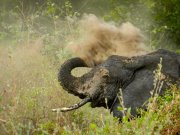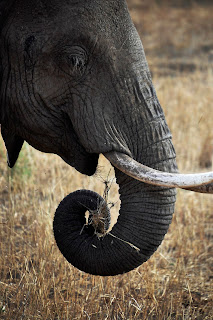 |
| Warthog, Kimana Sanctuary |
So I figure since I am in a wildlife program and haven't posted very many pictures of the amazing animals I have seen since I have been here, I would let you in on some of the best pictures that my peers and I have taken since we have been here for the past 12 weeks. Enjoy!
 |
| Serengeti Lions! |
 |
| Hippos! Serengeti, TZ |
 |
| Lion cub right beneath the car in Amboseli, Kenya |
 |
| Waterbuck, Kimana Sanctuary |

 |
| Amboseli, Kenya with Kilimanjaro in the background. |
 |
| Leopard in Serengeti, TZ |
 |
| Lion pride munchin on a Zebra in Amboseli, Kenya |
 |
| Rhino pair in Lake Nakuru, Kenya |
 |
| Hyrax in Serengeti Lodge, TZ |
 |
| Amboseli, Kenya. |
 |
| Can you spot the crocodile? Serengeti, TZ |
 |
| Serengeti Lions, TZ. |

 |
| First Leopard, Serengeti, TZ. |
 |
| Common Buzzard on a dead hyena, Serengeti, TZ |
 |
| Hartebeest, Serengeti, TZ. |
 |
| Tarangire, TZ. |
 |
| Ostrich Feathers - I was this close! |
 |
| Serengeti, TZ |
 |
| Lion of Pelicans, Lake Nakuru, Kenya. |
 |
| Tarangire, TZ. |
 |
| Pelicans! Lake Nakuru, Kenya. |
 |
| Flamingoes! Lake Nakuru, Kenya. |
 |
| Verreaux's Eagle Owl, Kilimanjaro Bush Camp, Kenya. |
 |
| White Rhino, Lake Lakuru, Kenya. |
 |
| Spider that lives outside the classroom - with her babbies.... |
 |
| Poor Zebra, Lake Manyara, TZ. |
 |
| Parrot's - Love birds! Moyo Hill, TZ. |
 |
| Crowned Cranes, Amboseli, Kenya. |
 |
| African Paradise Flycatcher, TZ. |
 |
| Cheetah Kill in Ngorongoro, TZ. |
 |
| Olive Baboon and Baby, Everywhere. |
 |
| Afternoon nap time in Serengeti, TZ. |
 |
| No idea what this guy's doing... |

 |
| First Primate I saw - Sykes Monkey, Lake Manyara, TZ. |
 |
| Maasai Giraffe, Lake Manyara, TZ. |
 |
| Superb Starling - also everywhere |
 |
| Lake Manyara, TZ. |
 |
| Wildebeest |



















































